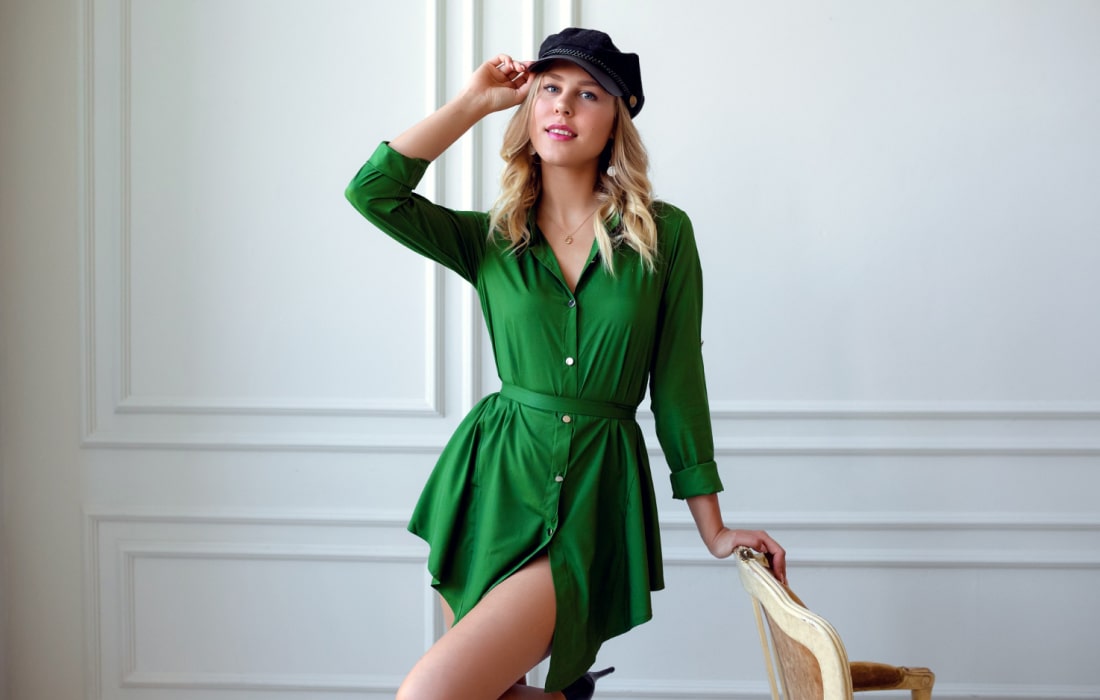In one of the most revealing studies in recent years, a 2016 survey of 137,456 full-time, first-year students at 184 colleges and universities in the United States, the U.C.L.A. Higher Education Research Institute found “the largest-ever gender gap in terms of political leanings: 41.1 percent of women, an all-time high, identified themselves as liberal or far left, compared to 28.9 percent of men.”
The institute has conducted freshmen surveys every year since 1966. In the early days, until 1980, men were consistently more liberal than women. In the early and mid-1980s, the share of liberals among male and female students was roughly equal, but beginning in 1987, women have been more liberal than men in the first year of college.
While liberal and left identification among female students reached a high in 2016, male students remained far below their 1971 high, which was 44 percent.
Along parallel lines, a Knight Foundation survey in 2017 of 3,014 college students asked: “If you had to choose, which do you think is more important, a diverse and inclusive society or protecting free speech rights.”
Male students preferred protecting free speech over an inclusive and diverse society by a decisive 61 to 39. Female students took the opposite position, favoring an inclusive, diverse society over free speech by 64-35.
Majorities of both male and female college students in the Knight survey support the view that the First Amendment should not be used to protect hate speech, but the men were more equivocal, at 56-43, than women, at 71-29.
The data on college students reflects trends in the electorate at large. The Pew Research Center provided The Times with survey data showing that among all voters, Democrats are 56 percent female and 42 percent male, while Republicans are 52 percent men and 48 percent women, for a combined gender gap of 18 points. Pew found identical gender splits among voters who identify as liberal and those who identify as conservative.
“Significant gender differences in party identification have been evident since the early 1980s,” according to the Rutgers Center for American Women and Politics, which provides data on the partisanship of men and women from 1952 to present day.
It’s clear from all this that the political engagement of women is having a major impact the social order, often in ways that are not fully understood.
Take the argument made in the 2018 paper “The Suffragist Peace” by Joslyn N. Barnhart of the University of California-Santa Barbara, Allan Dafoe at the Center for the Governance of AI, Elizabeth N. Saunders of Georgetown and Robert F. Trager of U.C.L.A.:
The increasing incorporation of women into “political decision-making over the last century,” Barnhart and her co-authors write, raises “the question of whether these changes have had effects on the conflict behavior of nations.”
Their answer: “We find that the evidence is consistent with the view that the increasing enfranchisement of women, not merely the rise of democracy itself, is the cause of the democratic peace.”
Put another way, “the divergent preferences of the sexes translate into a pacifying effect when women’s influence on national politics grows” and “suffrage plays a direct and important role in generating more peaceful interstate relations by altering the political calculus of democratic leaders.”
Barnhart added by email:
Other consequential shifts have emerged as women’s views began to change and they became more involved in politics.
Dennis Chong, a political scientist at the University of Southern California, wrote by email that “a gender gap in political tolerance, with women being somewhat more willing to censor controversial and potentially harmful ideas, goes back to the earliest survey research on the subject in the 1950s.”
There are a number of possible explanations, Chong said, including “stronger religious and moral attitudes among women; lesser political involvement resulting in weaker support for democratic norms; social psychological factors such as intolerance of ambiguity and uncertainty which translate to intolerance for political and social nonconformity; and greater susceptibility to feelings of threats posed by unconventional ideas and groups.”
Studies using moral foundations theory, Chong continued, have
In addition, Chong said, “Women are also more likely than men to believe that colleges ought to protect students from exposure to controversial speakers whose ideas may create an inhospitable learning environment.”
Steven Pinker, a professor of psychology at Harvard, writes in his book “The Better Angels Of Our Nature,” that “the most fundamental empirical generalization about violence” is that
Pinker continues:
In an email, Pinker wrote
“Mapping the Moral Domain,” a 2011 paper by Jesse Graham, a professor of management at the University of Utah, and five colleagues, found key differences between the values of men and women, especially in the case of the emphasis women place on preventing harm, especially harm to the marginalized and those least equipped to protect themselves.
I asked Jonathan Haidt, a social psychologist at NYU’s Stern School of Business about the changing political role of women. He emailed back:
When the academic world opened up to women in the 1970s and 1980s, Haidt continued, “women flooded into some areas but showed less interest in others. In my experience, having entered in the 1990s, the academic culture of predominantly female fields is very different from those that are predominantly male.”
Haidt noted that:
Women are just as competitive as men, Haidt wrote, “but they do it differently.”
Haidt cited a 2013 paper, “The development of human female competition: allies and adversaries,” by Joyce Benenson, of Harvard’s Department of Human Evolutionary Biology.
In it, Benenson writes:
In summary, Benenson wrote,
In a separate November 2021 paper, “Self-Protection as an Adaptive Female Strategy,” Benenson, Christine E. Webb and Richard W. Wrangham, all of the Department of Human Evolutionary Biology, report that they
These differences manifest in a number of behaviors and characteristics, Benenson, Webb and Wrangham argue:
In an email, Benenson added another dimension to the discussion of sex roles in organizational politics:
The strategies Benenson and her colleagues describe, Haidt pointed out,
In “Feminist and Anti-Feminist Identification in the 21st Century United States,” Laurel Elder, Steven Greene and Mary-Kate Lizotte, political scientists at Hartwick College, North Carolina State University and Augusta University, analyzed the responses of those who identified themselves as feminists or anti-feminists in 1992 and 2016.
Based on surveys conducted by American National Election Studies, Elder, Greene and Lizotte found that the total number of voters saying that they were feminists grew from 28 to 34 percent over that 24-year period. The growth was larger among women, 29 to 50 percent, than among men, 18 to 25 percent.
Some of the biggest gains were among the young, 18-to-24-year olds, doubling from 21 to 42 percent. Most striking is the data revealing the antithetical trends between women with college degrees, whose self-identification as feminist rose from 34 to 61 percent, in contrast to men with college degrees whose self-identification as feminist fell from 37 to 35 percent.
Anti-feminist identity, the authors found,
In addition, Elder, Greene and Lizotte wrote, “while young people were more likely to identify as feminists than older generations in 2016, young people, particularly young women, also have a higher level of anti-feminist identification compared to older groups.”
The other patterns of anti-feminist identification, according to the authors, are “more the mirror image of feminist identification” with “Republicans being more likely to identify as anti-feminists compared to Democrats, and stay-at-home parents/homemakers, those who identify as born again, and those who attend church frequently being more anti-feminist.”
To provoke further discussion, I will end with the argumentative economist Tyler Cowen, of George Mason University and “Marginal Revolution.” In December 2019, Cowen wrote a column for Bloomberg, “Women Dominated the Decade: The 2010s were pretty thrilling if you liked music, books, TV or movies by or about women.”
Cowen, who acknowledges describing “feminization in not entirely glowing terms” — indeed one would have to say hostile terms — is also, in other contexts, unequivocally enthusiastic about “what I see as the No. 1. trend of the decade: the increasing influence of women.”
“I had the best of both worlds,” Cowen writes, “namely to grow up in the ‘tougher’ society, but live most of my life in the more feminized society.”
The Times is committed to publishing a diversity of letters to the editor. We’d like to hear what you think about this or any of our articles. Here are some tips. And here’s our email: letters@nytimes.com.
Follow The New York Times Opinion section on Facebook, Twitter (@NYTopinion) and Instagram.


